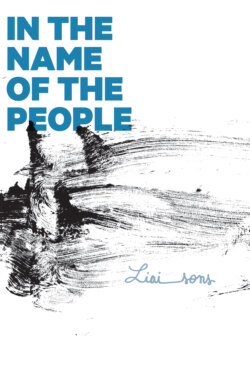Читать книгу In the Name of the People - Liaisons - Страница 17
На сайте Литреса книга снята с продажи.
TROUBLED WATERS
ОглавлениеIn the time that followed, the discussions revolved almost entirely around fascism and antifascism. All the other debates were overshadowed by the question: who is fascist and who is antifascist? Since the beginning of the Ukrainian uprising, Russian state propaganda stealthily resurrected the old Soviet vocabulary, declaring that those who were part of the movement were either fascists or Nazis, or were at least manipulated by them. Anarchists and leftists from the Ukraine responded by noting the Russian state is actually the region’s most fascist state. “Fascist” volunteer battalions and the “fascist” Donetsk People’s Republic (DNR) were all over the news. Antifascists from Belarus and Ukraine, Spain and Italy, Brazil and God knows where else all went to fight. Some ended up on one side and some on the other.
At first, Western leftists, seduced by images of Soviet Berkut2 buses ablaze on the icy streets of Kiev, largely supported Maidan. But when they realized that the diagonal black and red flags were actually those of the fascists, they had a sudden change of heart and started supporting the “antifascist popular uprising” in the East. And then they saw VICE’s feature about pro-Russian antifascists, who actually turned out to be fascists. This was all a bit too complicated for them, so they turned away from the Ukrainian situation all together. Yet the West was not the only site of confusion. Anarchists and leftists from Russia were arguing to death over who exactly was fascist and antifascist in Ukraine, as if this could explain everything and summarily resolve the matter at hand.
No one had any clear idea of what to do in fact, even on the ground. We were all desperately looking for guidance, especially in stories from the past. But the reality of war, and the general mobilization it entails, was not an object of analysis for us. Most of us grew up with the feeling that war wouldn’t happen here. We felt like these things could only happen on the periphery—a space that we usually ignored or to which we gave little attention.
The only war story we were familiar with was the story of the Great Fatherland War.3 That story, like all myths, was clear and self-explanatory. There wasn’t much to debate, which made the war a powerful tool for manufacturing unity. That is how my friend and I came to remember the story of Ossip, today a story so neglected and forgotten.
